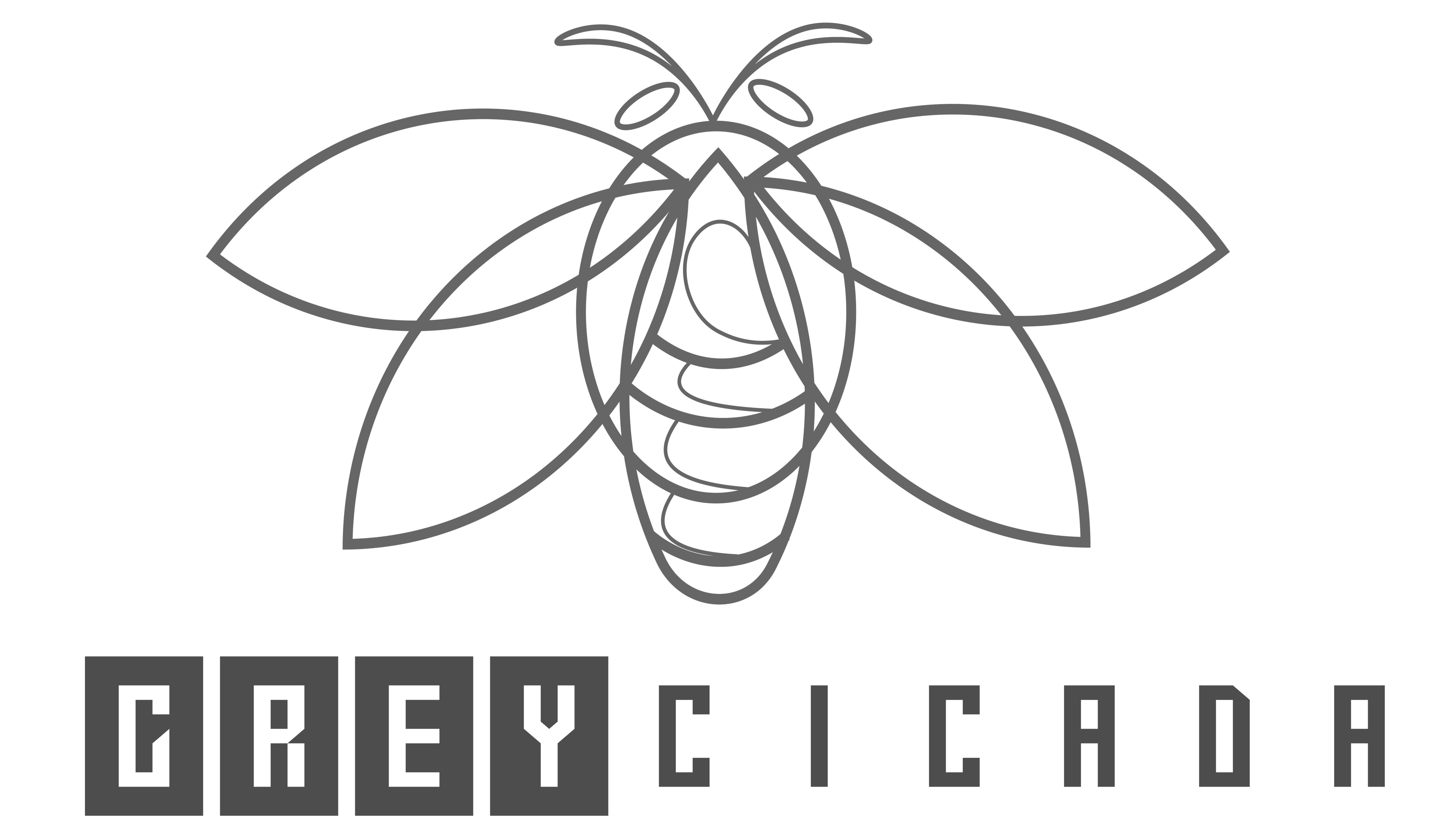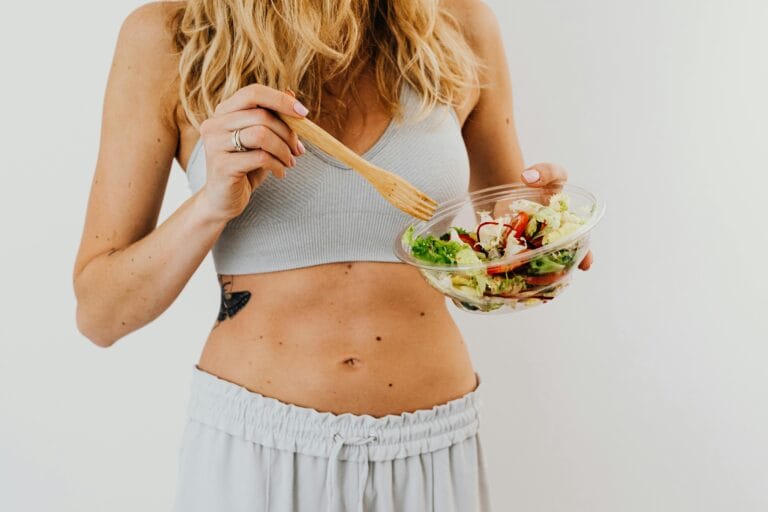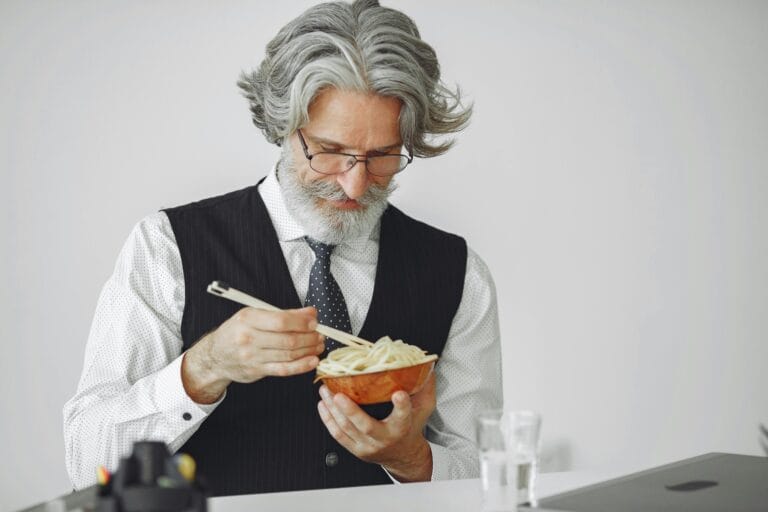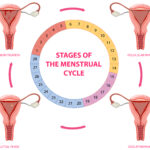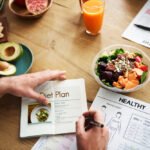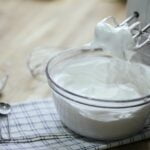FREE SHIPPING OVER $50
Men Over 50: Eat These 10 Protein-Packed Foods Daily to Stay Strong, Lean, and Energized
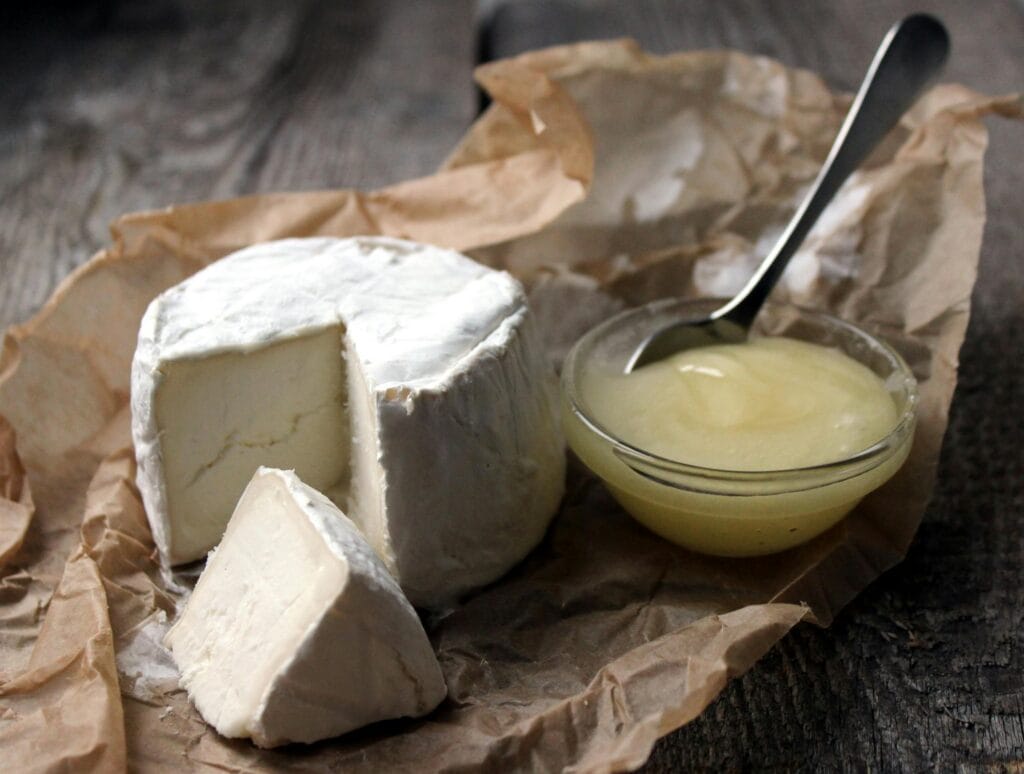
You may have noticed it by now. In your 50s and beyond, your body seems to play by a different set of rules. The muscle you built in your youth seems to fade a little more easily. The pounds feel a bit harder to shed. And your energy levels just do not seem to have the same staying power. You are not imagining it—this is a biological reality known as sarcopenia, the age-related loss of muscle mass. For many men over 50, it feels like an inevitable slide.
But here is the empowering truth: it does not have to be this way. While your body’s needs change, so should your nutrition. The single most important nutrient you can focus on to fight back against this decline is protein. It is the building block of muscle, the key to a robust metabolism, and the fuel for sustained energy. By making a simple, daily commitment to eating the right protein-packed foods, you can turn the tide on aging and reclaim the strength, leanness, and vitality you thought were gone for good. This article will show you exactly which 10 foods can get you there.
The Science of Protein: Why It’s a Game-Changer After 50
Before we dive into the foods, let us understand the “why.” After age 50, your body becomes less efficient at using the protein you eat to build and repair muscle. This means you need more of it. Health experts recommend that men over 50 increase their protein intake to at least 1.2 to 1.6 grams per kilogram of body weight. Think of it as providing your body with the extra ammunition it needs to win the battle against muscle loss.
Beyond its role in maintaining muscle, protein also helps you stay lean. It is the most satisfying of all macronutrients, which means a high-protein diet keeps you feeling full for longer and can help you manage your weight. It also requires more energy for your body to digest, which can give your metabolism a small but meaningful boost. In short, protein is the most powerful tool you have to keep your body strong, your metabolism humming, and your energy levels high.
10 Protein-Packed Foods Men Over 50 Should Eat Daily
Here are 10 of the best protein sources you can incorporate into your daily routine.
1. Greek Yogurt
This creamy dairy delight is a powerhouse of protein. A single cup can contain over 20 grams of protein, more than double that of traditional yogurt. It is also packed with probiotics, which are beneficial for gut health and can help your body absorb other nutrients more efficiently.
How to Eat It: Enjoy it for breakfast with a handful of berries and nuts, use it as a base for smoothies, or use it as a sour cream substitute in savory dishes.
2. Eggs
Often called nature’s perfect protein source, eggs are a complete protein, meaning they contain all nine essential amino acids your body needs.9 They are also rich in choline, a nutrient crucial for brain health and memory, and Vitamin D, which is essential for bone health.
How to Eat Them: Have two to three eggs for breakfast in an omelet or a scramble. They are also great hard-boiled for a quick snack.
3. Salmon
Salmon is a king among foods. It is loaded with high-quality protein and is one of the best sources of omega-3 fatty acids, which are fantastic for reducing inflammation and supporting heart and brain health.
How to Eat It: Bake or grill a salmon fillet with a little lemon and herbs. It is also great in a salad or as a main course for dinner.
4. Lean Beef
Lean cuts of beef are an excellent source of high-quality protein. They also provide a significant amount of iron, which is essential for carrying oxygen in the blood, as well as zinc and B-vitamins that are crucial for energy production and muscle maintenance.
How to Eat It: Grill a steak, add lean ground beef to a stir-fry, or make a chili. Aim for grass-fed options whenever possible for a more favorable nutritional profile.
5. Lentils and Legumes
For a fantastic plant-based protein source, look no further than lentils and other legumes like chickpeas and black beans.11 They are packed with protein, fiber, and complex carbohydrates, which provide sustained energy.
How to Eat Them: Add a cup of lentils to a soup, sprinkle chickpeas on a salad, or make a lentil curry. They are incredibly versatile and easy to cook.
6. Chicken Breast
A classic staple in any high-protein diet, chicken breast is lean, affordable, and incredibly versatile. It is one of the densest sources of protein, with a single 3-ounce serving providing over 25 grams.
How to Eat It: Grill or bake a chicken breast and slice it over a salad, add it to stir-fries, or shred it for sandwiches.
7. Cottage Cheese
Often a forgotten food, cottage cheese is a protein powerhouse.13 It is high in casein protein, which is a slow-digesting protein that provides a steady stream of amino acids to your muscles, making it an excellent bedtime snack to aid in muscle recovery.
How to Eat It: Enjoy it plain with a pinch of black pepper, mix it with fruit for a simple dessert, or add it to scrambled eggs for a creamy texture.
8. Quinoa
While most grains are low in protein, quinoa is a rare exception. It is one of the few plant-based foods that is a complete protein, and it is also rich in fiber, which is great for digestive health and weight management.
How to Eat It: Use it as a base for a grain bowl, mix it into salads, or use it as a side dish instead of rice.
9. Almonds and Other Nuts
Nuts are a convenient and delicious way to get more protein and healthy fats into your diet. Almonds, in particular, are rich in protein and Vitamin E, an antioxidant that protects your cells.
How to Eat Them: Grab a handful as a snack, sprinkle them over your oatmeal or yogurt, or add them to your smoothies.
10. Edamame
Edamame (young soybeans) is a perfect snack for a high-protein lifestyle. They are a complete protein and are rich in fiber, vitamins, and minerals.
How to Eat Them: Enjoy a bowl of steamed edamame with a sprinkle of sea salt. They can also be added to salads or stir-fries for an extra protein boost.
Creating Your High-Protein Diet: Practical Tips
Building your diet around these foods is simpler than you might think. A great strategy is to include a protein source at every meal to ensure a consistent supply to your muscles. For example, have eggs for breakfast, a salad with chicken for lunch, and a piece of salmon with quinoa for dinner.
The timing of your protein intake also matters. Aim to have some protein after a workout to help your muscles repair and grow. This is when your body is most primed to use amino acids. Also, remember that these foods are most effective when you are also staying active. The combination of a high-protein diet and regular physical activity, especially strength training, is the most powerful way to fight the effects of aging.
Conclusion
The frustrating feeling of losing strength and energy as you get older is not something you have to accept. The science is clear: nutrition, particularly a focus on protein, can be your secret weapon against the effects of aging. By consistently eating these 10 protein-packed foods, you are providing your body with the building blocks it needs to stay strong, lean, and energized for years to come. Do not just expect the decline—fight it with your fork.
Related Articles
- The Protein Myth: 10 Plant Foods That Build More Muscle Than Meat—Sports Nutritionists Say You’ve Been Lied To
- Feeling Foggy? These 8 Brain-Boosting Foods Could Sharpen Your Mind—Dietitians Approve
- 15 Ancient Spices That Fight Aging—Science Finally Confirms What Our Grandparents Knew
- 10 Cancer-Fighting Foods Every Woman Over 40 Should Be Eating—Backed by Science
- Stop Mixing Chia Seeds With These 5 Foods—It Could Be Sabotaging Your Health Goals
